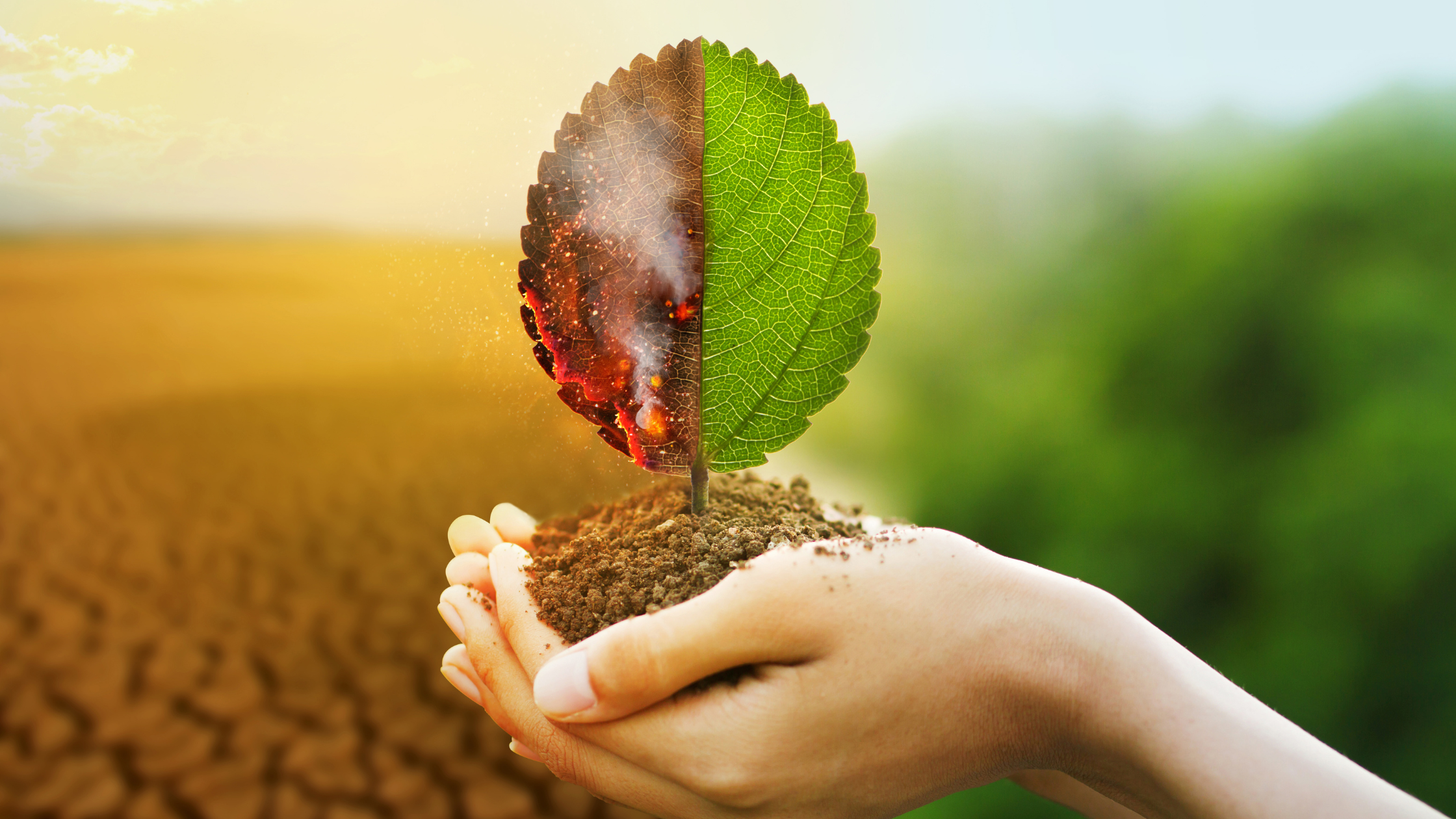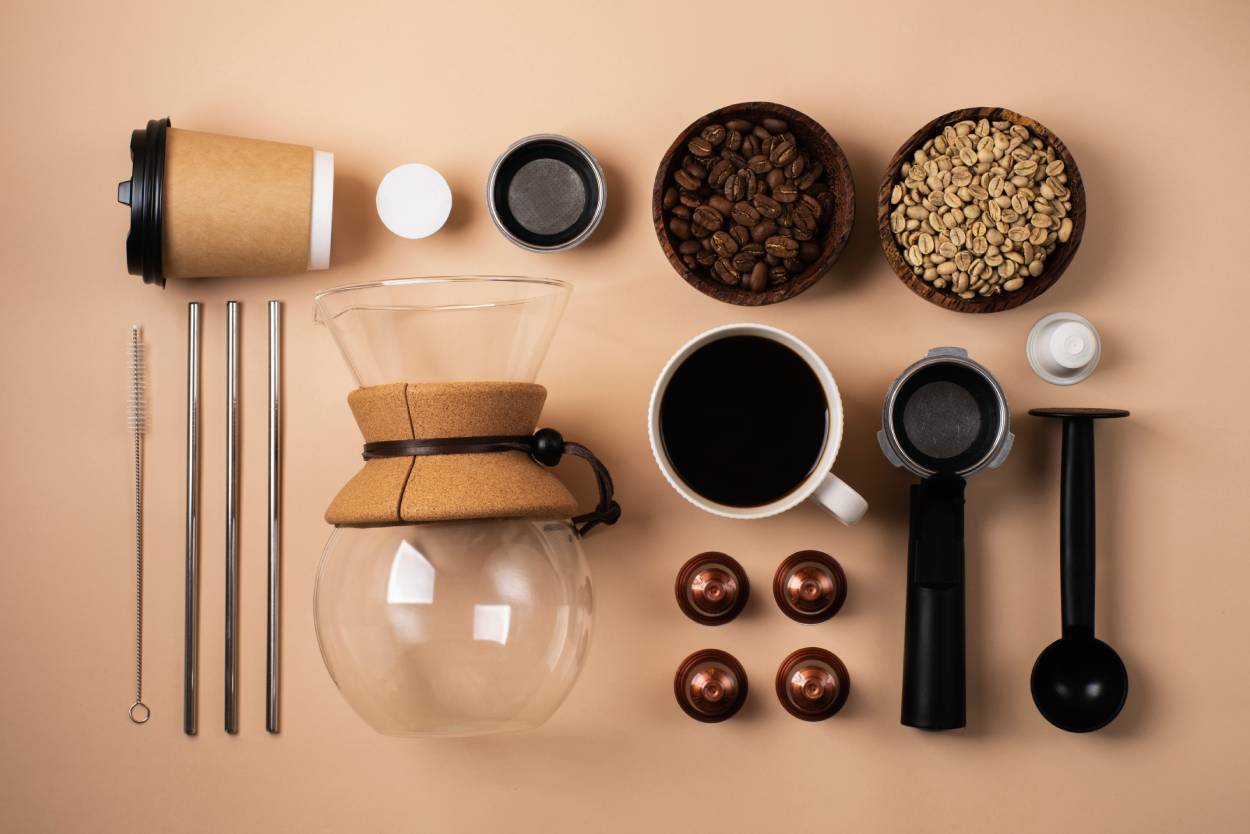
Coffee and Climate Change: How a Warming Planet Affects Your Morning Brew
Table of Contents
- ☕ The Coffee Plant and Its Climate Sensitivity
- 🔥 How Climate Change is Affecting Coffee Farming
- 1. Rising Temperatures
- 2. Pests and Diseases
- 3. Erratic Rainfall
- 4. Loss of Farmland
- 🌍 Impact on Farmers and Coffee Communities
- 💰 What It Means for Coffee Lovers
- 🌱 How the Industry is Responding
- 1. Climate-Resilient Varieties
- 2. Sustainable Farming Practices
- 3. Support for Farmers
- 4. Innovative Processing
- 🧠 What You Can Do as a Coffee Drinker
- ✅ 1. Buy Sustainably Sourced Coffee
- ✅ 2. Support Small Roasters
- ✅ 3. Reduce Waste
- ✅ 4. Stay Informed
- 💬 Final Thoughts
Coffee and Climate Change: How a Warming Planet Affects Your Morning Brew
- Adam Smith
- 13-05-2025
- 21-07-2025
- 613 views
- Coffee Health

Coffee isn’t just a comforting morning ritual — it’s a global industry that supports millions of farmers, powers economies, and unites cultures. But what happens when the planet begins to shift beneath the roots of this beloved bean?
In this blog, we dive into how climate change is threatening the future of coffee, what it means for producers and drinkers alike, and what we can do to protect our brews.
☕ The Coffee Plant and Its Climate Sensitivity
Coffee, particularly the Arabica variety, is a delicate plant. It thrives best in specific conditions — steady temperatures between 60°F and 70°F (15°C–24°C), shaded environments, and consistent rainfall.
As global temperatures rise, the areas suitable for growing high-quality Arabica beans are shrinking, forcing farmers to move to higher altitudes or change crops altogether.
🔥 How Climate Change is Affecting Coffee Farming
Here are some of the most pressing climate-related challenges:
1. Rising Temperatures
Warming temperatures speed up the maturation of coffee cherries, resulting in lower quality beans and disrupted harvest cycles. In places like Ethiopia and Colombia, coffee farmers are already reporting decreased yields.
2. Pests and Diseases
Warmer weather allows pests like the coffee berry borer and diseases like coffee leaf rust to spread faster and reach higher altitudes, infesting previously safe regions.
3. Erratic Rainfall
Rain patterns are becoming increasingly unpredictable, making it difficult to plan planting and harvesting. Droughts and floods both negatively impact coffee production.
4. Loss of Farmland
According to a study by Climate Institute, up to 50% of the land currently used for coffee farming may be unproductive by 2050 if trends continue.
🌍 Impact on Farmers and Coffee Communities
Coffee farming is the primary livelihood for over 25 million smallholder farmers, most of whom live in developing countries. With shrinking yields and increasing costs to combat climate challenges, many are finding it difficult to survive.
As a result, some are forced to abandon coffee entirely or migrate to cities, leading to economic displacement and a weakening of centuries-old traditions.
💰 What It Means for Coffee Lovers
You might already be noticing some of these effects:
-
Rising prices: Less supply and higher production costs translate into more expensive cups of coffee at cafés and in stores.
-
Flavor shifts: Beans grown in stressed environments can lose the complex flavors specialty coffee lovers cherish.
-
Limited variety: Some heirloom and specialty beans may become rare or extinct as climate change progresses.
🌱 How the Industry is Responding
Fortunately, many organizations and coffee producers are not standing still.
1. Climate-Resilient Varieties
Scientists and growers are developing hybrid coffee plants that can resist pests, tolerate heat, and still deliver good flavor.
2. Sustainable Farming Practices
Agroforestry — growing coffee under the canopy of trees — is being promoted to improve resilience, protect biodiversity, and maintain microclimates.
3. Support for Farmers
Fair Trade and other organizations are helping farmers adapt by providing education, funding, and tools for sustainable farming.
4. Innovative Processing
Some cooperatives are experimenting with low-water or solar-powered processing methods to reduce environmental impact.
🧠 What You Can Do as a Coffee Drinker
Even as consumers, we can play a role in securing the future of coffee.
✅ 1. Buy Sustainably Sourced Coffee
Look for certifications like Rainforest Alliance, Fair Trade, Organic, or direct trade models that ensure growers are supported.
✅ 2. Support Small Roasters
Many small-batch roasters work directly with farms and co-ops that use sustainable methods and pay fair wages.
✅ 3. Reduce Waste
Use a reusable cup, avoid single-use pods, and compost your coffee grounds if possible.
✅ 4. Stay Informed
Follow coffee-related organizations and sustainability advocates to keep learning and advocating for climate-resilient practices.
💬 Final Thoughts
Coffee connects us to farmers across the world. It carries stories from the soil to your cup. But its future is uncertain unless action is taken.
By understanding the link between climate change and coffee, and making more conscious choices, we can help ensure that this beverage continues to enrich lives — not just in the café, but on the farm.






















